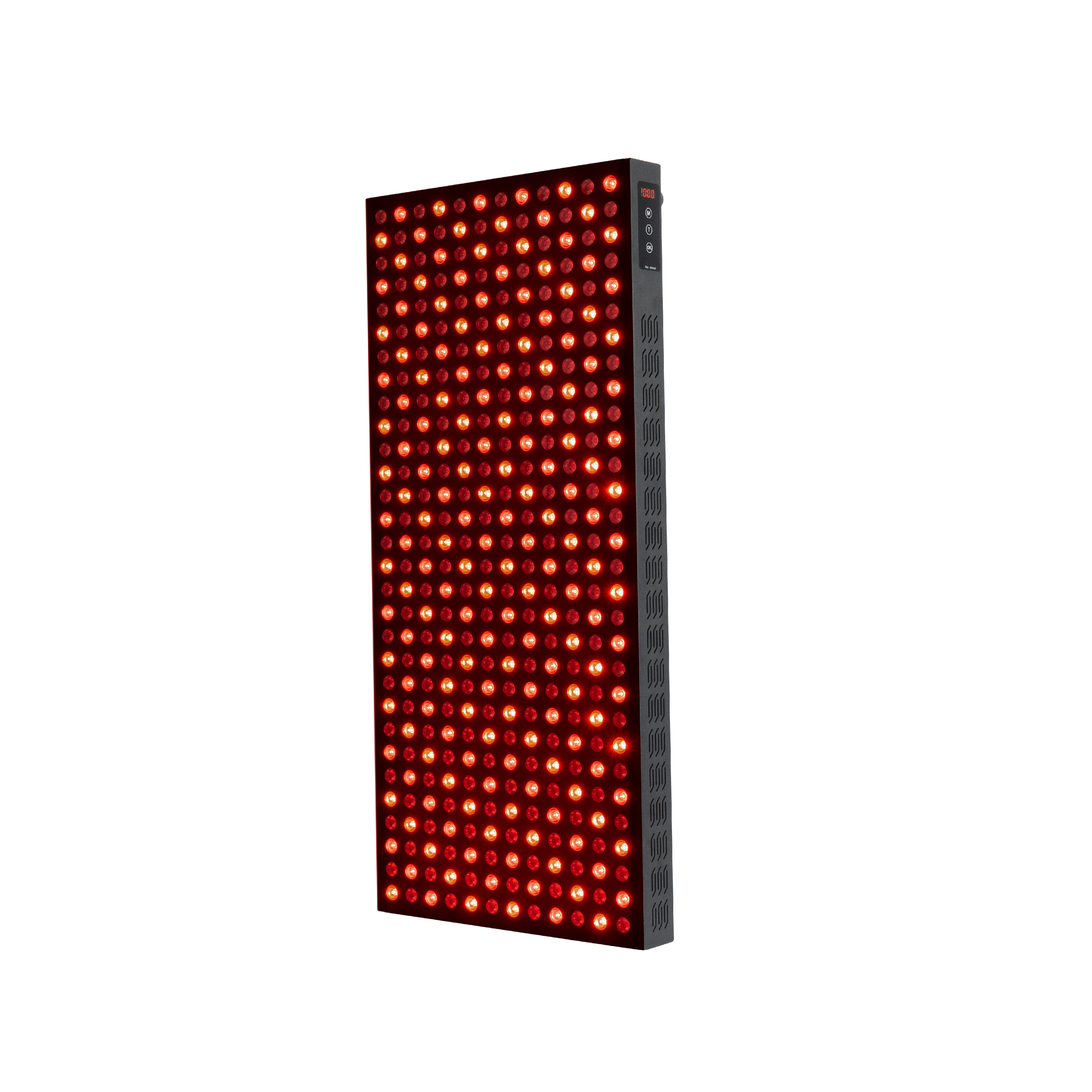Email format error
Email cannot be empty
Email already exists
6-20 characters(letters plus numbers only)
The password is inconsistent
Email format error
Email cannot be empty
Email does not exist
6-20 characters(letters plus numbers only)
The password is inconsistent


Sciatica pain, stemming from the sciatic nerve that runs from the lower back through the hips and down each leg, can be debilitating. The sharp, shooting pain can interfere with daily activities and overall quality of life. While conventional treatments like painkillers and physical therapy are common, alternative therapies are gaining traction. One such therapy is red light therapy, a non-invasive treatment that has shown promise in reducing inflammation and pain.
Sciatica is typically caused by a herniated disc or spinal stenosis pressing on the sciatic nerve. The pain can range from a mild ache to severe, sharp pain that radiates along the path of the nerve. Common symptoms include numbness, weakness, and a pins-and-needles sensation in the affected leg.
Red light therapy, also known as photobiomodulation, involves the use of red and near-infrared light to stimulate, heal, and regenerate tissues. The light penetrates the skin and is absorbed by mitochondria in the cells, which increases adenosine triphosphate (ATP) production, leading to reduced inflammation and pain.
When red light is applied to the body, it triggers a process called photochemical reaction. This reaction increases the production of ATP, the energy currency of cells, and stimulates the release of nitric oxide, which improves blood flow and reduces inflammation. The therapy is believed to promote healing by reducing oxidative stress and activating the body's natural repair processes.
Several studies have shown the efficacy of red light therapy in reducing pain and inflammation. A study published in the Journal of Pain Research found that participants who underwent photobiomodulation experienced a significant reduction in pain levels.
While red light therapy is generally safe, it's not without precautions. It should not be used on individuals with certain conditions, such as photosensitive skin disorders or those who are pregnant. Always consult with a healthcare provider before starting any new treatment.
As research continues, the potential applications of red light therapy are expanding. Scientists are exploring its use in treating a variety of conditions, from chronic pain to neurological disorders. The future looks bright for this innovative therapy.
For those suffering from sciatica pain, red light therapy offers a promising alternative to traditional treatments. Its non-invasive nature and potential for pain relief make it an attractive option for many. As with any treatment, it's important to approach red light therapy with realistic expectations and under the guidance of a qualified professional. The road to relief may be illuminated by the gentle glow of red light therapy.